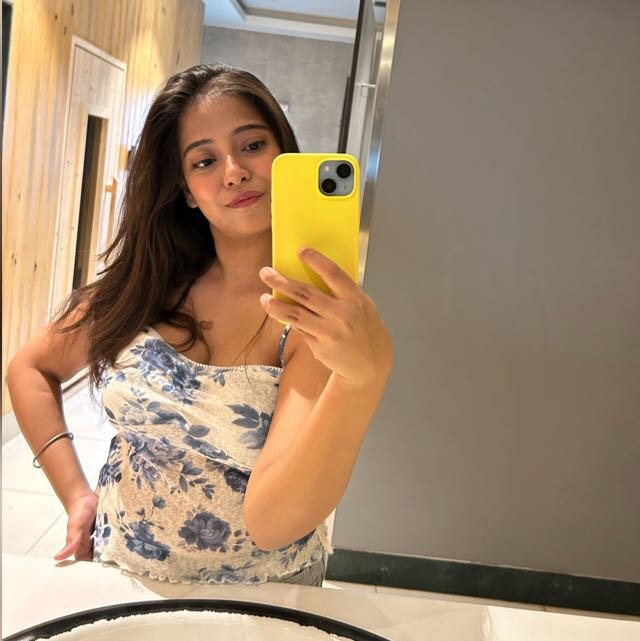Last updated on September 13th, 2024 at 10:04 pm

Chronological age is a term that we encounter in various contexts—whether in healthcare, education, social settings, or legal matters.
It’s a concept so intertwined with our daily lives that we often take it for granted.
But what exactly does it mean, and why is it important?
This article delves into the definition of chronological age, its significance, and how it impacts different aspects of life.
Defining Chronological Age
Chronological age is the number of years, months, and days a person has lived since their birth.
It is a straightforward measure of time that begins from the moment of birth and continues to accumulate with each passing day.
For instance, if someone is born on January 1, 2000, their chronological age on January 1, 2024, would be 24 years.
The simplicity of chronological age is one of its greatest strengths.
Unlike other age-related concepts, such as biological or psychological age, which can be subjective and influenced by various factors, chronological age is purely a measure of time.
It is an objective and universally accepted metric that provides a consistent way to gauge how long someone has lived.
The Role of Chronological Age in Society
Chronological age plays a crucial role in society. It is used to determine a wide range of rights, responsibilities, and privileges.
For example, legal drinking age, voting age, retirement age, and eligibility for certain social services are all based on chronological age.
In many cultures, chronological age also dictates certain social expectations, such as when someone is expected to start school, get married, or retire.
One of the most important uses of chronological age is in the field of education.
Educational systems around the world often use chronological age to group children into grade levels.
This ensures that students of similar ages are taught together, creating a standardized learning environment.
However, this practice also raises questions about the fairness of grouping children solely based on age, as individual developmental rates can vary widely.
In healthcare, chronological age is a key factor in diagnosing and treating medical conditions.
For instance, pediatricians use age to determine developmental milestones in children, while geriatricians consider age when addressing age-related diseases in older adults.
Chronological age is also used in clinical trials to group participants and analyze data, ensuring that treatments are effective across different age groups.
Chronological Age vs. Biological Age
While chronological age is a measure of how long a person has lived, biological age refers to how old a person’s body seems based on various physiological factors.
These can include the condition of their skin, organs, muscles, and bones, as well as their overall health and fitness levels.
Biological age can differ significantly from chronological age, depending on lifestyle, genetics, and environmental influences.
For example, two people may both be 50 years old chronologically, but one might have the biological age of a 40-year-old due to a healthy lifestyle, while the other might have the biological age of a 60-year-old due to poor health habits.
This discrepancy highlights that chronological age does not always reflect a person’s true physical condition.
Understanding the difference between chronological and biological age is important for a more comprehensive view of aging.
While chronological age is an essential factor in many societal functions, biological age provides insight into an individual’s health and potential longevity.
Chronological Age and Psychological Development
Chronological age also intersects with psychological development.
Developmental psychology studies how people change psychologically over time, and chronological age is a key reference point in this research.
Different stages of life are associated with specific psychological tasks and milestones.
For instance, infancy is a time of rapid cognitive development, adolescence is marked by identity formation, and adulthood involves taking on responsibilities like careers and family life.
However, just as with biological age, psychological development does not always align perfectly with chronological age.
Some individuals may mature faster or slower than their peers, leading to variations in emotional and cognitive development.
For example, a 10-year-old might display the emotional maturity of a teenager, or a 25-year-old might still struggle with tasks typically associated with adolescence.
This variation is why educators, psychologists, and parents are encouraged to consider both chronological and psychological age when assessing a child’s development.
A one-size-fits-all approach based solely on chronological age might not be suitable for everyone, and recognizing individual differences can lead to more effective support and interventions.
The Impact of Chronological Age on Identity
Chronological age also influences how individuals perceive themselves and how they are perceived by others.
Age often becomes a key part of a person’s identity.
People may describe themselves as “in their twenties,” “middle-aged,” or “senior citizens,” using age-related labels to communicate something about their life stage, experiences, and societal roles.
These age-related identities can carry significant social and cultural meanings.
For instance, turning 18 is often seen as a transition into adulthood, while turning 65 might be associated with retirement and the onset of old age.
These milestones are often celebrated or marked by specific cultural rituals, further reinforcing the importance of chronological age in shaping identity.
However, societal perceptions of age can also lead to ageism, a form of discrimination based on chronological age.
Older adults might face stereotypes that they are less capable or adaptable, while younger individuals might be perceived as inexperienced or irresponsible.
Understanding chronological age in a more nuanced way can help combat these stereotypes and promote a more inclusive view of aging.
Chronological Age in the Digital Age
The concept of chronological age is also evolving in the digital age.
With advancements in medicine and technology, people are living longer, healthier lives, which is changing how society views different stages of life.
For example, the traditional concept of retirement at 65 is becoming less rigid, with many people choosing to work longer or pursue new careers later in life.
Additionally, digital platforms and social media have blurred the lines between different age groups.
Online, individuals of all ages interact, share information, and participate in communities that may not be defined by chronological age.
This has created opportunities for intergenerational learning and collaboration, but it has also introduced challenges, such as navigating age-appropriate content and online safety for different age groups.
The Continuing Relevance of Chronological Age
Chronological age remains a fundamental concept in our understanding of human development and societal organization.
It provides a simple, objective measure of time that is essential for determining legal rights, educational placement, and healthcare needs.
However, it is important to recognize that chronological age is just one aspect of a person’s identity and experience.
As society continues to evolve, so too will our understanding of age.
By considering the complexities of biological, psychological, and social age alongside chronological age, we can develop a more holistic view of aging that respects individual differences and promotes well-being at every stage of life.

Sayantika Karmakar provides expert insights on financial calculators in her blog posts.
